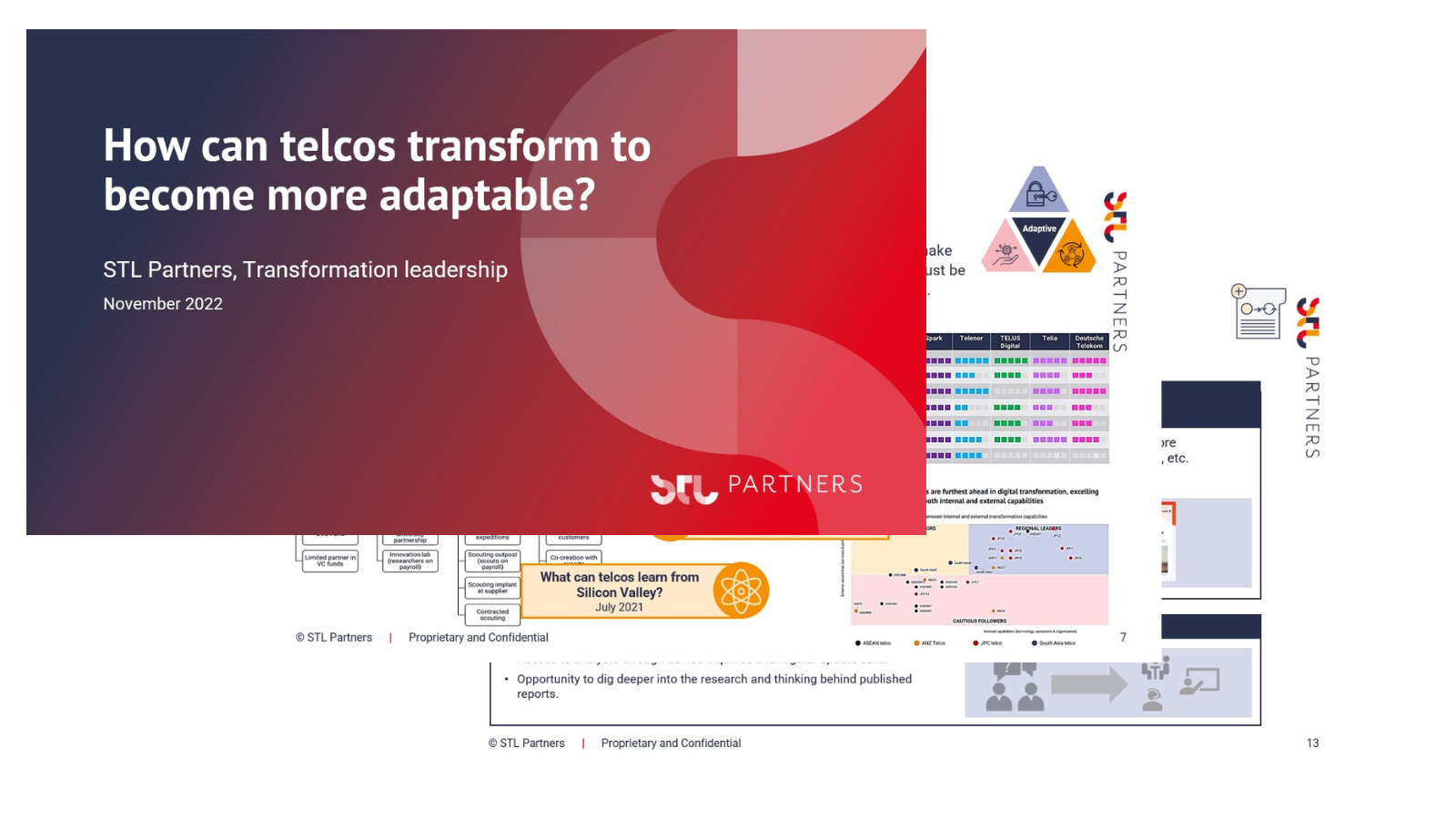
NFV Vendor Landscape tool
What is the NFV Vendor Landscape Tool?
Network function virtualization is a core part of the wider Telco Cloud philosophy, technology, and umbrella term that we have been talking about since at least 2011. We have previously talked about how operators have touted NFV as the most available current telco cloud technology, but the process of virtualising networks, in and of itself, is hugely complex.
Outside of the traditional network equipment providers, the number of companies associated with NFV and SDN is continually growing, so it can be hard to keep track of the key players in the market, what they do and where they play a role in helping telcos virtualise their networks.
That is why we have created an interactive tool that shows the offerings from different players in the NFV ecosystem. It provides:
· a broad view of who’s who and what’s what;
· (in the future) further details of their product and solution offerings.
The offerings have been segmented based on the categories defined in the ETSI NFV architectural framework. They are currently focussed primarily on 3GPP networks, but we will continue to develop the tool and look to expand beyond that.
Please note this is a live version of the NFV Vendor Landscape Tool, that we will be iterating going forward to add more components as we go. We would love to hear your thoughts, so any feedback would be appreciated! If you have any questions, do feel free to email us directly: yesmean.luk@stlpartners.com.
What is the NFV architectural framework?
ETSI created the NFV architectural framework as a reference framework that focuses on the changes likely to occur in networks due to the NFV process. It establishes the new functional blocks and reference points resulting from the virtualisation of a network.
At a high level, there are three main working domains:
1) Virtual Network Functions (VNFs)
These are individual functions of a network that have been virtualised. The possibilities are endless – firewalls, EPC, IMS etc.
2) NFV infrastructure (NFVI)
This is the infrastructure required to run the VNFs. This is made up of physical hardware resources (computing servers and network switches), and virtual resources (“abstractions” of the hardware on which the VNFs run, known as virtual machines). A virtualisation layer (the “hypervisor”) exists to abstract between the two.
3) NFV management & orchestration (MANO)
MANO is the framework for management and orchestration of all the resources in the NFV environment. It is where the management of resources in the infrastructure layer takes place, and is also where resources are created and delegated and allocation of VNFs is managed
Read more about telco cloud
Telco cloud insights pack
This document will provide you with the latest insights from our research and consulting work, including some extract of our Telco Cloud Manifesto 2.0, and our latest analysis on open RAN
Network APIs: Unlocking new value in the telco cloud
Network APIs may offer an answer to the question of how to monetise recent and upcoming telco cloud deployments. Virtualised networks upgrade APIs and enhance the value they offer to developers and customers. To unlock their potential, telcos should focus on optimising their commercial models.
Network Futures overview pack
Our Network Futures Service provides a roadmap for new network ownership, regulation and partnership models, and insights. into new technologies, industry dynamics and new players.
Core-as-a-Service since 2018: Wgtwo
Core-as-a-Service is not a brand new concept. Working Group Two, aka wgtwo – a smaller Scandinavian outfit, has been offering Core-as-a Service since 2018. We spoke to their CEO Erlend Prestgard about why wgtwo’s original mission to help telcos extract more value from connectivity remains as relevant in 2022.




